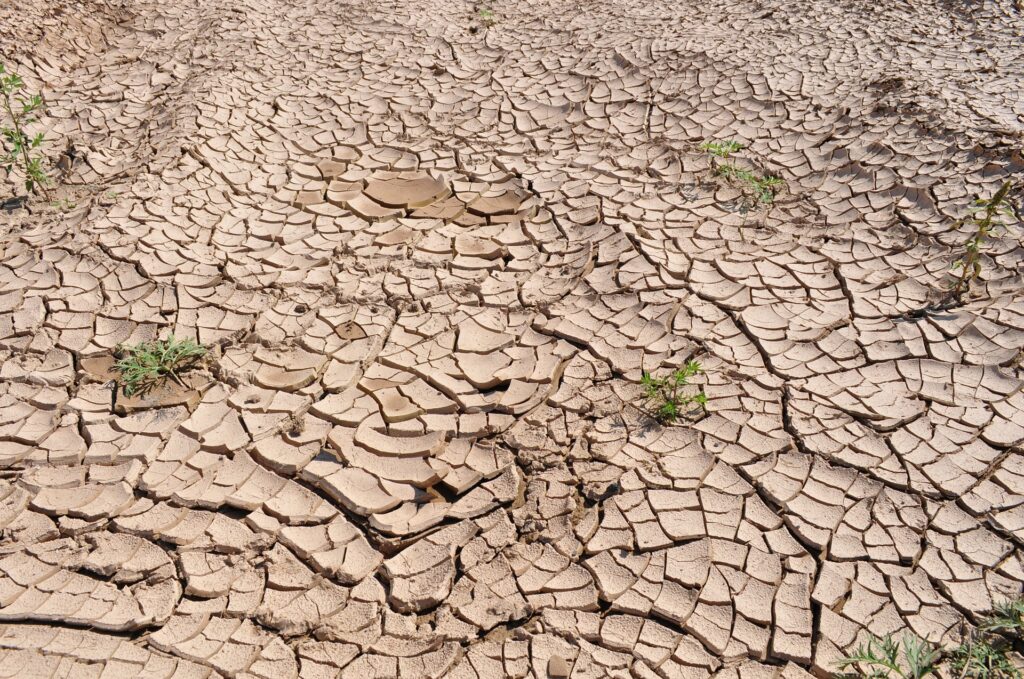A collection of peer-reviewed papers published in the Bulletin of the American Meteorological Society’s (BAMS) latest Explaining Extreme Events report has outlined several extreme weather events made more likely by human-caused climate change in 2020.
Now in its 10th edition, the publication presents 18 new analyses from 89 scientists across nine countries looking at both historical observations and model simulations to determine whether and by how much climate change may have influenced particular extreme weather events. The new report also contains several discussions on the state of rapid climate attribution research, including opportunities and challenges for providing accurate analysis in a timely frame.
Keith Seitter, executive director of AMS, said, “International efforts to increase the speed at which attribution studies can be performed highlights the growing demand for timely information about the impacts of climate change to inform decision making and policy. Understanding how human-caused climate change is impacting extreme events today and in the future is critical for shaping how society will choose to respond to these impacts.”
One trend emerging in the past several years is several studies that found the influence of climate change actually reduced the risk of certain types of extreme events, typically a cold outbreak or heavy precipitation.
Stephanie Herring, climate scientist for NOAA and editor of the Explaining Extreme Events report, said, “This report reinforces the scientific consensus that human influence has created a new climate – one that is impacting extreme events today. The weight of the evidence grows every year, and as humans continue to emit billions of tons of greenhouse gasses into the atmosphere, these extreme weather impacts are certain to increase.”
Key findings from the publication include:
Drought
- A study that utilized several different model simulations and event-attribution methods suggests that climate change may have increased the likelihood that the Southwestern US rainy-season monsoon would fail as it did in 2020, reigniting a multi-year drought that still shows no sign of relenting.
Heat
- Climate model simulations suggest that the extremely warm and wet winter over Northwest Russia in 2019 and 2020 was only possible due to climate change.
- Extremely warm temperatures in France in April 2020 would have been highly unlikely without human-caused climate change.
- Another heatwave in Western Europe in May 2020 was made 40 times more likely by human-caused climate change.
- Climate change has significantly increased the risk for heat extremes observed over South Korea like the hot and wet episodes experienced in summer 2020.
Cold
- Climate change decreased the likelihood of the exceptional April 2020 cold spell over Northern China by 80%.
- A cold air outbreak that swept across eastern China in January 2021 was less severe because of anthropogenic warming.
Fires
- Weather conditions that led to extreme wildfires in Siberia during 2020 were up to 80% more likely than a century ago as a result of global warming.
Heavy Precipitation and Flooding
- Climate change made precipitation and flooding in western Japan 15% more likely during July 2020.
- Climate change was responsible for a 50% increased likelihood of the heavy precipitation in Beijing during February 2020, the most since 1951.
- Four separate studies examined 2020’s record-breaking annual Meiyu rains, where total precipitation along the Yangtze River in central China was the highest in 20 years, finding they were less likely and less intense than they would have been due to climate change.
- Computer models simulating 2020’s atmospheric composition estimated that climate change was responsible for 47% of the heavy rain amounts in southwestern China during August, and that climate change doubled the likelihood of such an event.
The extreme weather events studied in the 10 annual issues of the report were selected by individual researchers and do not represent a comprehensive analysis of events during that span. About 76% of the over 200 research findings published in this series identified a substantial link between an extreme event and climate change; about 24% did not.



